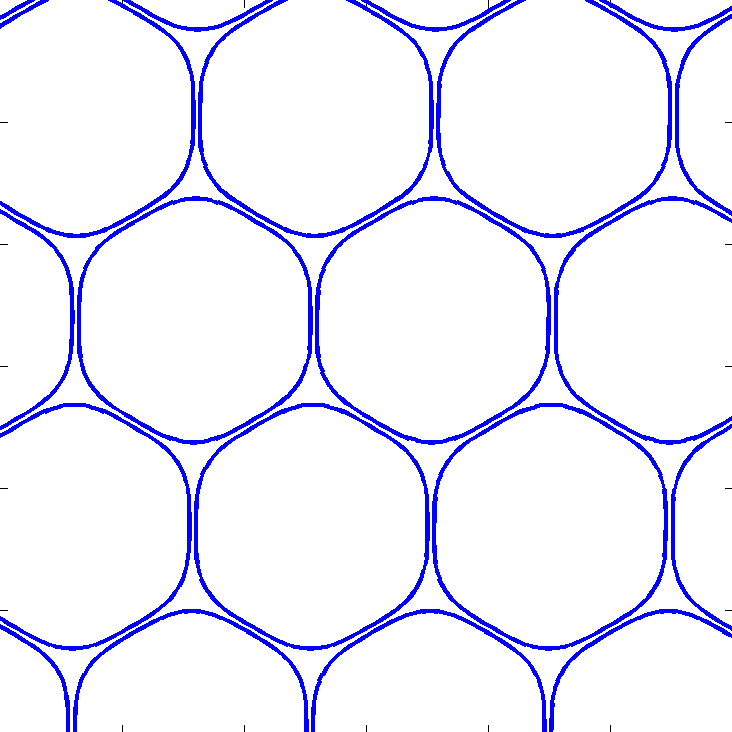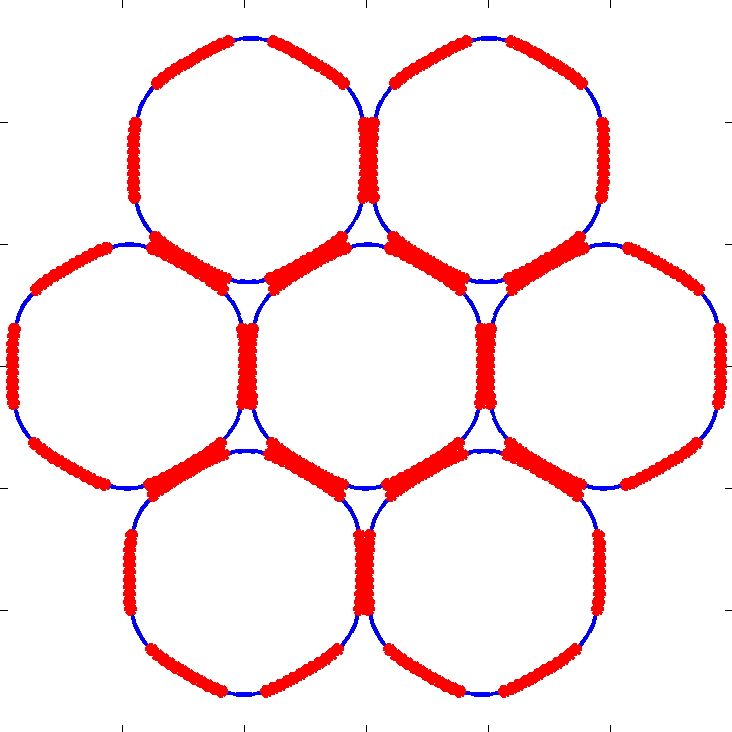About Myself
I am a fifth year graduate student in the Applied Mathematics and Scientific Computing program at the University of Maryland: College Park. I graduated Summa cum Laude earning a bachelors of science degree at Youngstown State University in Mathematics with a minor in Electrical Engineering. My advisor is Professor Saswata Hier-Majumder in the Department of Geology. Currently my research is focused on computational fluid dynamics with applications to geophysics. Specifically I am using Dual Reciprocity and Fast Multipole Methods to produce highly efficient and scalable programming framework in C to simulate thermal and kinetic evolution of magma oceans at the micro-scale.
Contact InformationOffice: CSS 3103
drombosk@math.umd.edu
Mailing Address:
Department of Mathematics
University of Maryland
College Park, MD 20742
Recent News
I presented the current state of my research in a student poster session during the tenth annual Burgers Program for Fluid Dynamics at the University of Maryland: College Park. The poster presented the continued to ability scale my Fast Multipole Boundary Element Method code to handle more particles. With a grant from XSEDE, I have been able to run hundreds of simulations, each containing thousands of particles. For these specific simulations, we are analyzing the contiguity of a grain matrix when it is exposed to shear stresses.

The Department of Mathematics held their 2013 Spotlight on Student Research talks this past Wednesday and Thursday where I won the Seymour Goldberg Gold Medal for outstanding presentation. I presented an updated research summary on my Fast Multipole Boundary Element Method code and it's ability to run long simulations involving dozens of particles.


A new Fast Multipole Boundary Element Method code was created to simulate the interaction between Ultralow Velocity Zone patches (ULVZ) and the core-mantle boundary (CMB). Initial research investigates the interaction between the CMD and ULVZ patches in the presence of a buoyancy force for various viscosities. The research also examines the ability to keep dense ULVZ patches suspended in a mantle by a driving convection force over geological time. Future research will combine all forces into one simulation to search for parameters required to keep ULVZ patches geologically stable.
A short video including the simulations is embedded below, as well as a link to the presentation slides from the 2012 AGU Fall Meeting, Abstract DI22A-08.